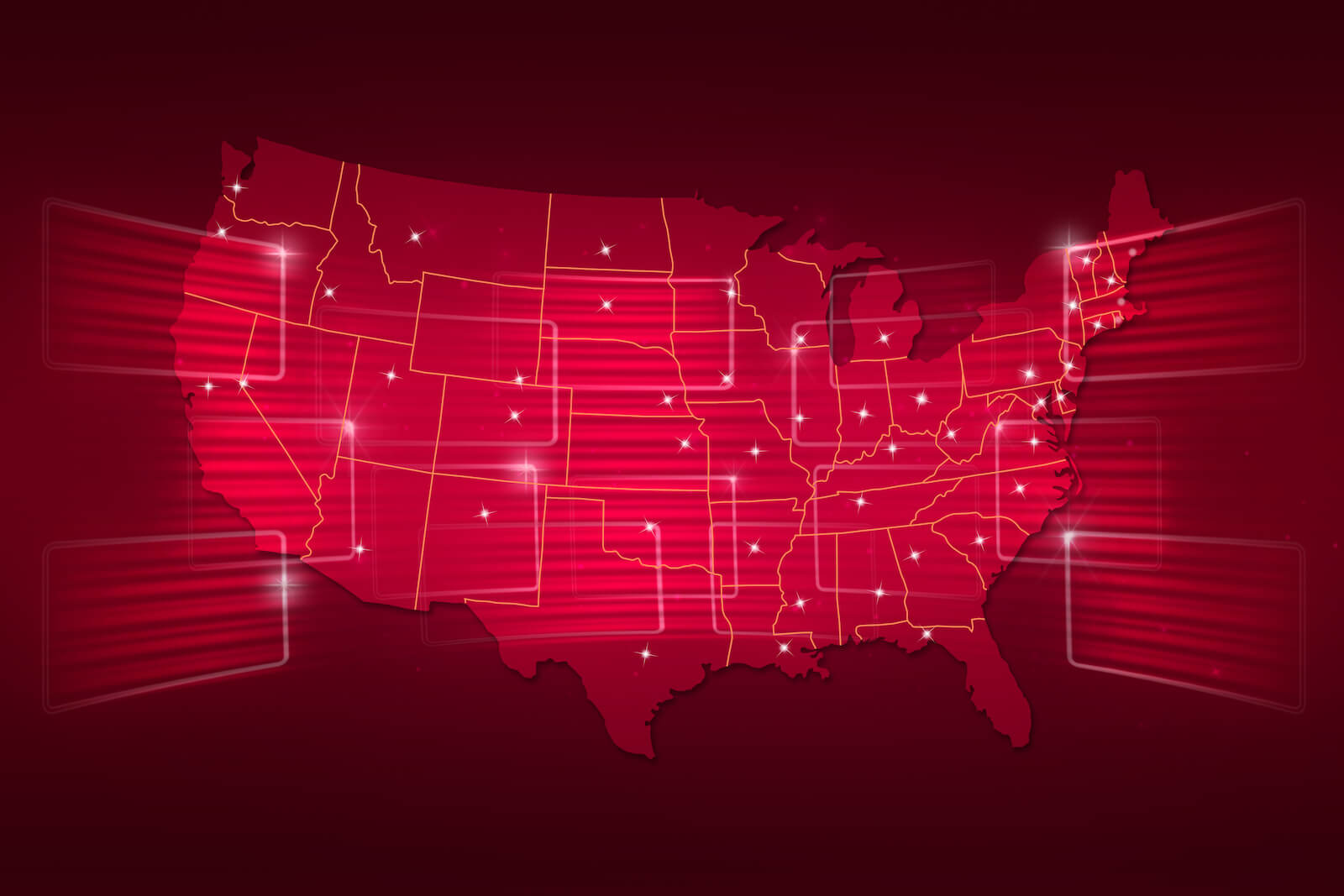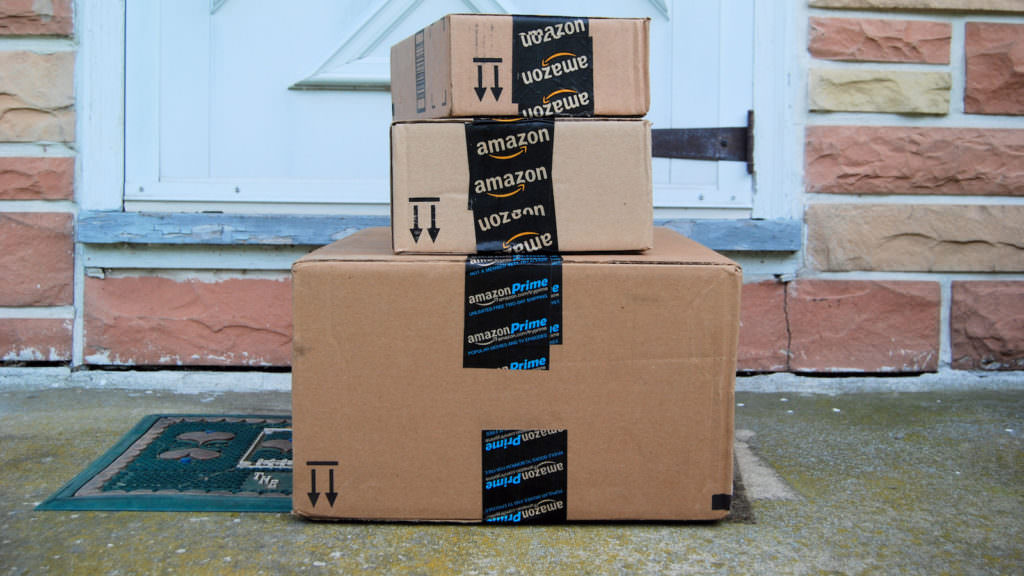Table of Contents
** Minutes
When should you use more than one fulfilment centre?
Learn how ShipBob helps you understand your optimal inventory distribution
What do you want to learn?
While centralising inventory and using a single fulfilment centre is much more effective than self-fulfilment for many online merchants, one warehouse alone may not be enough for some sellers.
Splitting your inventory across fulfilment centre locations, also known as distributed inventory, offers many advantages. When you work with a 3PL that has multiple warehouses, you can match the service of the largest retailers, without having to build your own infrastructure.
For example, ShipBob has fulfilment centres across the globe to help merchants reduce the shipping costs, transit times, and distance packages travel.
“ShipBob has been a great ally as they have fulfilment centres all over, facilitating a 2-3 day delivery time. This is helpful especially when weather challenges happen; being able to have different locations to ship from allows for a more seamless supply chain.”
Andrea Lisbona, Founder & CEO of Touchland
But is this strategy right for every ecommerce business?
When should you use more than one fulfilment centre?
Learn when distributed inventory should be utilised — and when it should not be — as part of an ecommerce shipping strategy.
1. You ship a high volume of orders
A single warehouse may be all you need when you are first getting started, as it will likely be too expensive to use multiple fulfilment centres. If you grow enough to the point that the shipping costs exceed the cost of additional warehouse space, then it would be more cost-effective to split your inventory across fulfilment centres.
By utilising multiple ecommerce warehouses, you can strategically choose locations that are near your customers. Storing inventory closer to your customers helps lower shipping costs, because orders will travel a shorter distance when shipped. In other words, it’s cheaper to ship a package 20 km than it is to ship it 2,000 km in most cases.
Similarly, it may make sense to send only your most popular or best-selling products to additional warehouses, rather than store inventory for every single product you sell. This way, your less popular items won’t sit there taking up warehouse space without selling quickly, and you won’t be stuck paying for storage.
2. Your products and orders are heavy in weight
Often, the heavier items are, the more you will realise significant cost savings when your package has to travel less distance or shipping zones.
Take weighted blanket company, My Calm Blanket, whose products are up to 11.3 kg in weight.
“Shipping a heavy blanket is not the same as shipping a t-shirt. That’s why we knew that shipping from only one or two fulfilment centres wasn’t going to cut it. Luckily, ShipBob has fulfilment centres all over.”
Founder of My Calm Blanket
My Calm Blanket has distributed their inventory to ShipBob’s fulfilment centres in several locations to be near their customers.
3. You want to consistently offer affordable 2-day shipping
In today’s online shopping world, most consumers expect two-day delivery (especially in the American market). Using multiple warehouses lets you significantly and affordably reduce last-mile delivery times. Each time a customer places an order online, the order will be fulfiled from the warehouse that’s closest to them.
This lets you compete with major retailers and offer Prime-like service to meet customer expectations with convenient delivery options.
Michael Peters, VP of E-Commerce Operations at TB12
I’m most impressed with ShipBob’s commitment to driving improvement and technology, which drives reductions in delivery time. I knew a shorter transit time was going to become more and more important. Customers get accustomed to a certain service level at a low price — often free — and want it faster over time.
4. Your customers don’t all reside in one geographical region
When it comes to choosing the location of a fulfilment centre, it ultimately comes down to where your customers are. This is because orders are delivered quicker and at less cost when your packages travel less distance. To justify an additional warehouse, you must find out how many customers would benefit from it.
For example, if you sell merch or kits for a sports team in Melbourne, the majority of your customer base will largely be contained within Melbourne. It’s unlikely that you will ship high volumes of product to people who live in Perth thus, eliminating the need for a warehouse on the West Coast.
“While we’re based in the US, a quarter of our sales are international. It looks like international sales will overtake US sales in a few short years — so we are definitely using ShipBob’s international fulfilment centres!
We’ve found that there is consistent demand for our products abroad, and ShipBob’s ever-expanding global fulfilment network enables us to tap into that demand much more cost-effectively.
Currently, we have stock in ShipBob’s fulfilment centres in the UK, Canada, and Australia. We’ve also just begun moving into ShipBob’s fulfilment centre in Poland, as we have customers in Germany as well!
With new locations being added all the time, ShipBob will help us service customers in more and more countries around the world over time.
Aaron Patterson, COO of The Adventure Challenge
Alternatively, if you sell skincare products and your customers reach all corners of the country, then distributing your inventory to major hubs or densely populated areas would be a more efficient option.
Conclusion
When it comes to whether you should split your inventory between ecommerce fulfilment centres, there is not always a clear-cut answer. Under the right circumstances, shipping orders from multiple warehouses can save you time and money, creating a win-win for both you and your customers.
However, you must consider whether warehousing costs, transportation costs to fulfilment centres, and the number of SKUs you have would be offset by the reduced shipping costs.
Learn how ShipBob helps you understand your optimal inventory distribution
Outsourcing fulfilment to a 3PL allows you to keep your product closer to your end customer while freeing up time and space without needing to invest in your own warehouse. However, unlike an on-demand warehousing company that only helps you find excess warehouse space, a 3PL like ShipBob is the expert in fulfilment.
ShipBob has a free analytics and distribution metrics tool for all customers that lets you explore your ideal inventory distribution so you can best leverage ShipBob’s network of distribution centres (or fulfilment centres). Using your historical order data, you can:
- View which fulfilment centres shipped your last 1,000 orders and the total costs.
- See which fulfilment centres would have shipped your last 1,000 orders and how much it would have cost you if you used all or a selection of ShipBob’s fulfilment centres.
- Visualise where your customers’ shipping destinations are for a better understanding of how to split inventory across ShipBob’s fulfilment centres to potentially save money.
Request a pricing quote for ShipBob’s fulfilment centres below to see if ShipBob would be a good fit for your business.


